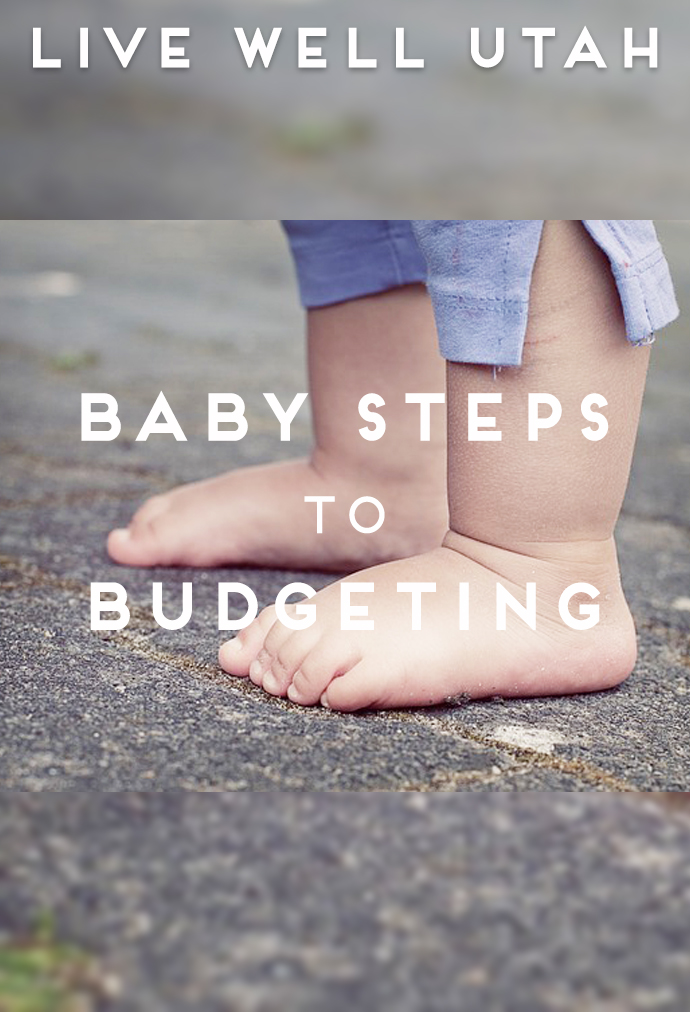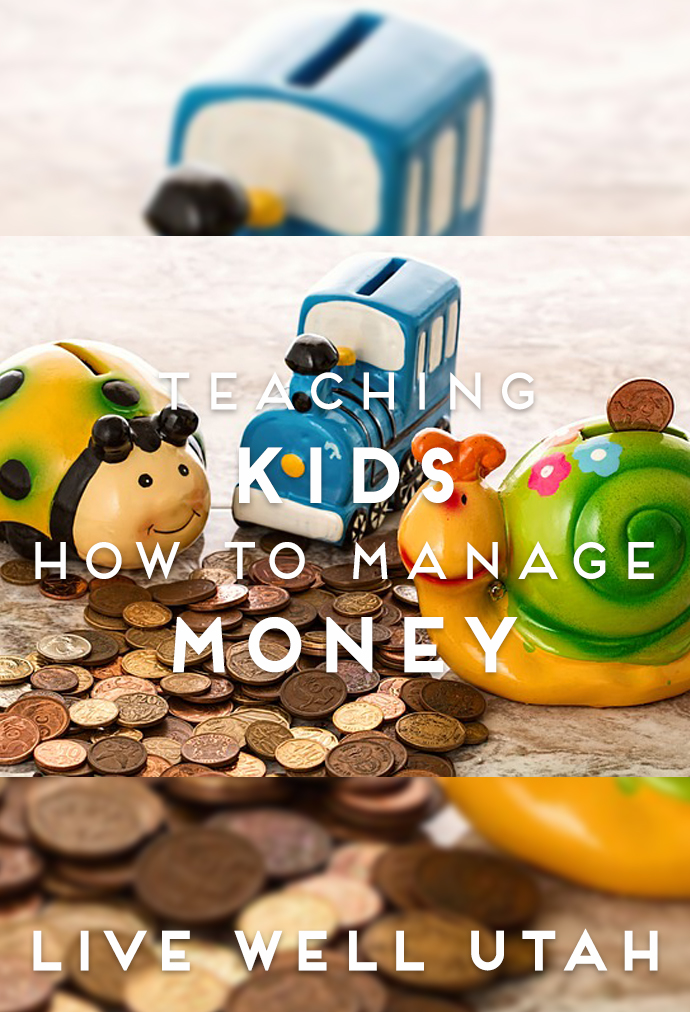Ask an Expert// 5 Steps to Financial Freedom
Financial freedom is something that most people want, but only a few learn how to master. While it does take some up-front planning, in the end the payoff is substantial. Here are five things that can be done to ensure more financial freedom.
- MAKE SURE THERE IS MORE MONEY COMING IN THAN GOING OUT. It is amazing how many Americans are still struggling with this basic concept. Yes, that does mean being more conscientious about assigning every dollar, and dealing with needs first and wants later…but it works! It is a proven concept that if you ignore, you will never have money to save, which leads to financial bondage rather than financial freedom.
- DISTINGUISH BETWEEN WANTS AND NEEDS. How much of your daily and weekly expenditures are purposeful, planned expenses for the basic needs of life? It is not hard to find plenty of things to spend money on, but do you NEED it? If you try to rationalize these expenditures (WANTS) as a need, your financial freedom will be a very long way away.
- BE PATIENT, FLEXIBLE AND PREPARED FOR EMERGENCIES. If you and your partner are both working, can you try to live on just one income? The extra money can then be put away for a rainy day. This cushion will give you flexibility and financial freedom that so many others cannot enjoy when the unexpected happens. In fact, the best motto to follow here is, “Expect the unexpected.” Big ticket emergencies hit all of us at one time or another.
- EDUCATE YOURSELF ON FINANCIAL MATTERS. The sooner you master the game of money management, the sooner you will enjoy more financial freedom. Find good, sound sources of financial information. Read books on financial matters…there are plenty in our local libraries. Take a class or two – many are offered in the community and often from your local Extension office.
- KEEP TIME ON YOUR SIDE. Use both your time and your money wisely over time. A little bit of money and a little interest in your favor, and a lot of time, can provide you with rich rewards. A 6 percent interest rate, with $25/month, from age 18 to 65 can mean just over $78,000! Your contribution? $14,000. As difficult as it may seem right now to part with $25/month, the time and consistency do pay off.
This article was written by Teresa Hunsaker, USU Extension family and consumer sciences educator, Weber County







 Christmas is just around the corner, but there is still time to plan for gift exchanges that won’t cause credit card debt to skyrocket. Consider implementing one, two or several of the following tips.
Christmas is just around the corner, but there is still time to plan for gift exchanges that won’t cause credit card debt to skyrocket. Consider implementing one, two or several of the following tips.

